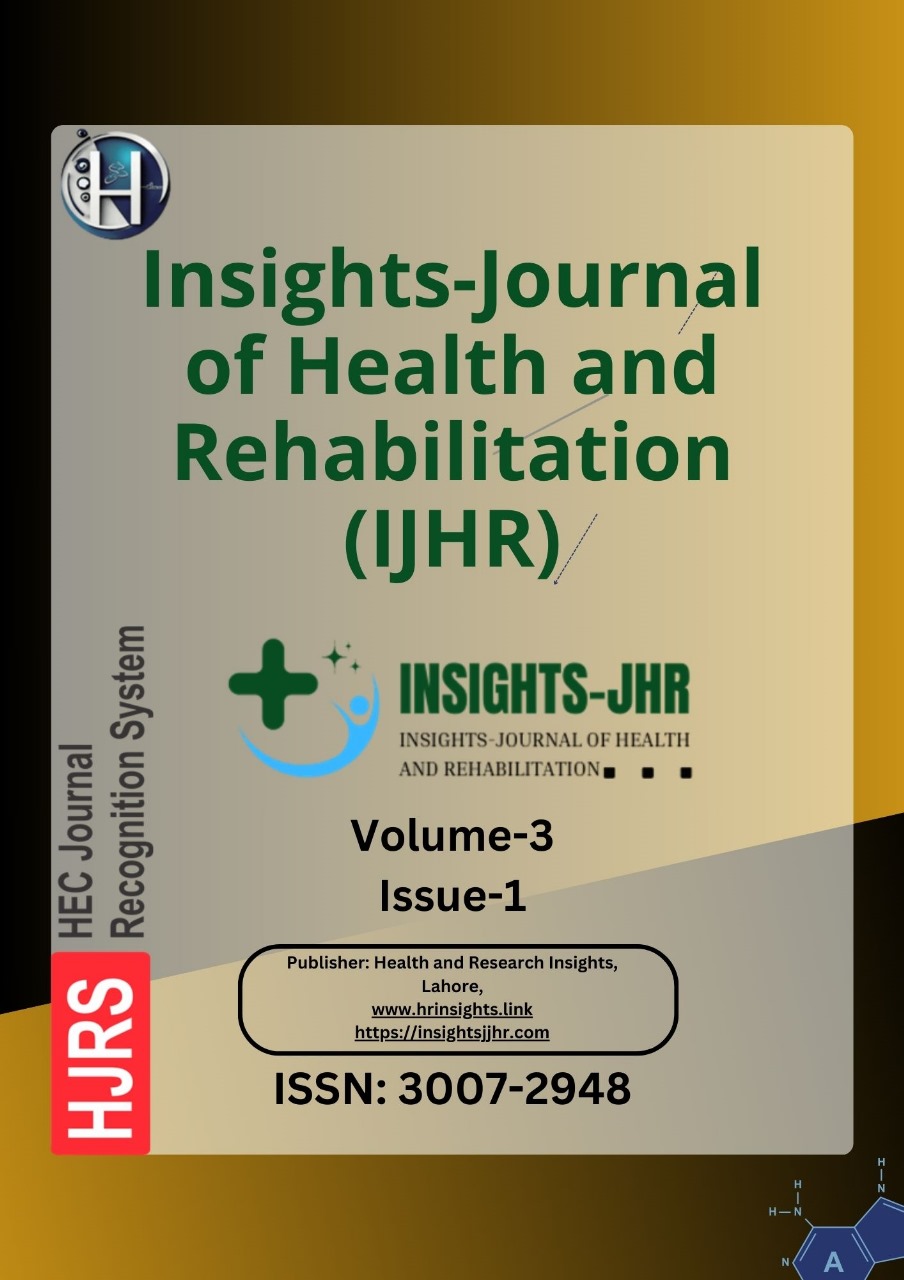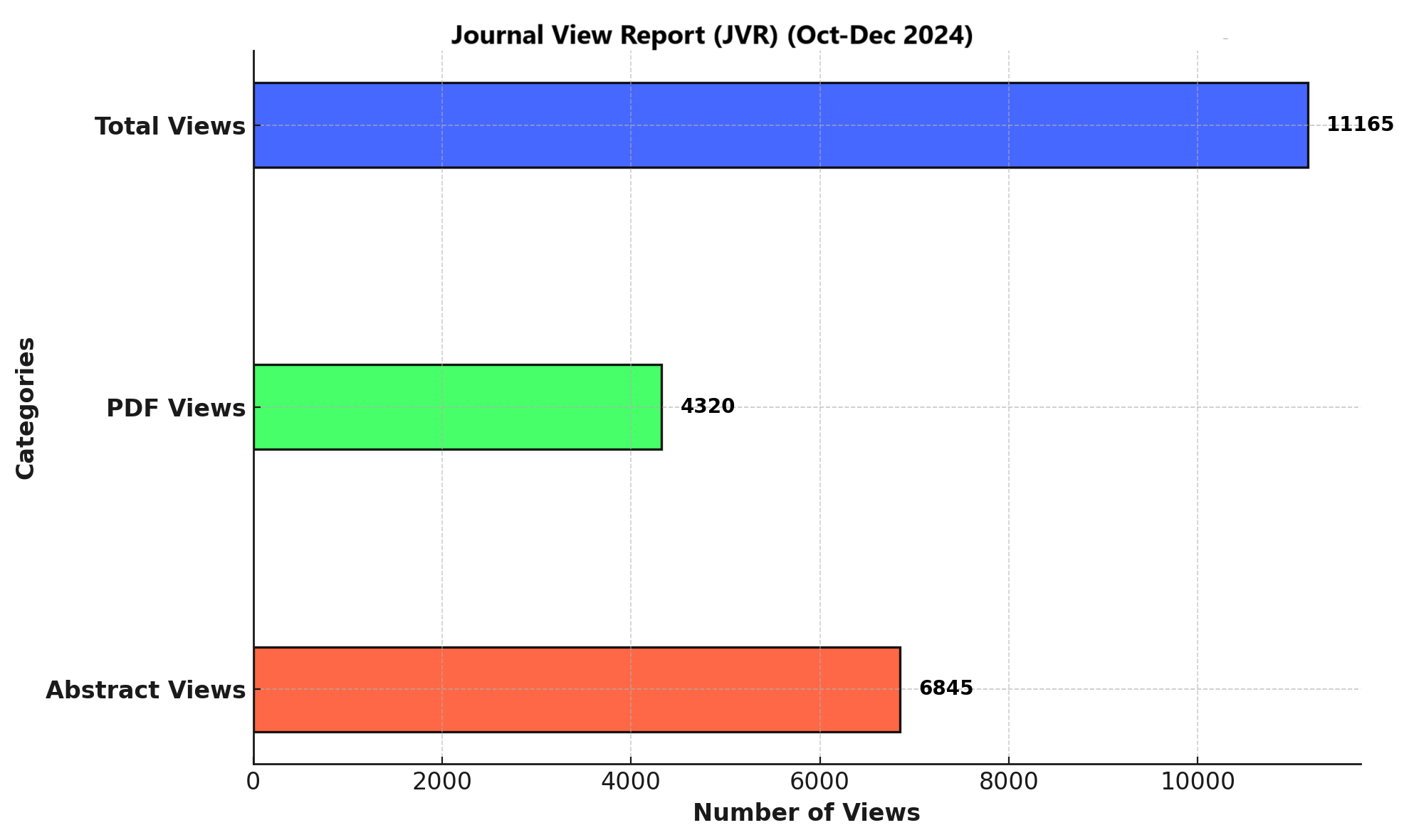COMPARISON BETWEEN MAGNETIC RESONANCE CHOLANGIO-PANCREATOGRAPHY AND ULTRASOUND FOR DIAGNOSING PATIENTS WITH PANCREATIC TUMOR
DOI:
https://doi.org/10.71000/sky47691Keywords:
Diagnostic Imaging, Magnetic Resonance Cholangiopancreatography, Pancreatic Neoplasms, Sensitivity and Specificity, Ultrasonography, Screening, Tumor DetectionAbstract
Background: Pancreatic cancer poses a significant challenge due to its late diagnosis and poor prognosis. Early and precise detection is essential to improving outcomes. Magnetic Resonance Cholangiopancreatography (MRCP) and Ultrasound (US) are widely used imaging modalities, each with distinct advantages and limitations. Comparative studies focusing on their diagnostic accuracy, sensitivity, and specificity for pancreatic cancers remain limited, necessitating further evaluation to determine their relative effectiveness in clinical practice.
Objective: To evaluate and compare the diagnostic performance of MRCP and US in the detection of pancreatic cancers, with a focus on their relative accuracy, sensitivity, and specificity.
Methods: A descriptive cross-sectional study was conducted in General Hospital, Services Hospital, and Jinnah Hospital in Lahore, involving 160 patients with suspected pancreatic cancers who underwent MRCP and US. Data were collected using a structured questionnaire and analyzed using SPSS version 27. Descriptive and inferential statistics, including the chi-square test, were used to assess associations between imaging, clinical, and demographic variables, with significance set at p < 0.05. Diagnostic accuracy, patient comfort, and cost were compared across modalities.
Results: MRCP demonstrated higher diagnostic accuracy, detecting pancreatic tumors in 46.88% of cases (mean detection score 1.21, SD ± 0.41) compared to US, which detected tumors in 46.88% of cases (mean detection score 1.74, SD ± 0.44). MRCP was particularly effective in visualizing tumors in the pancreatic head (34.38%), with superior sensitivity (99%) and specificity (99%) compared to US (sensitivity 80%, specificity 99%). MRCP had higher image quality ratings (mean 3.83, SD ± 1.83) compared to US (mean 1.73, SD ± 1.55). However, US scored better on patient comfort (mean 1.73, SD ± 0.44) versus MRCP (mean 1.68, SD ± 1.5). Cost analysis showed MRCP was more expensive (10,000 PKR) than US (1,500–2,000 PKR). Significant associations were found between imaging modality, tumor detection accuracy (p = 0.017), and patient comfort (p = 0.014).
Conclusion: MRCP demonstrated superior diagnostic accuracy, particularly for small or complex lesions, while US was effective for initial screening due to accessibility and patient comfort. A multimodal approach combining US for screening and MRCP for confirmation is recommended. Future studies should explore integrating MRCP with advanced imaging techniques like Endoscopic Ultrasonography (EUS) and involve larger, more diverse populations to enhance diagnostic precision and clinical utility.
Downloads
Published
Issue
Section
License
Copyright (c) 2025 Werdah Ghaffar, Tahira Batool (Author)

This work is licensed under a Creative Commons Attribution-NonCommercial-NoDerivatives 4.0 International License.







